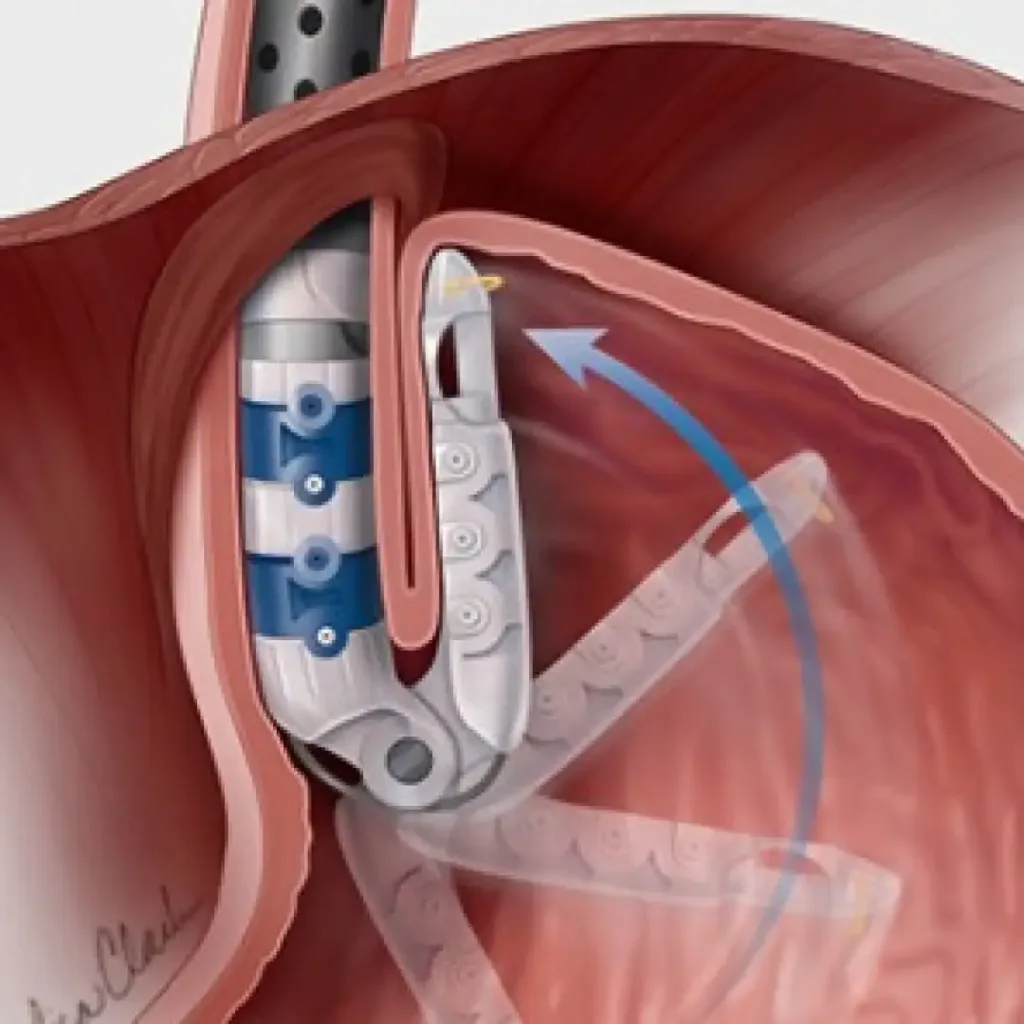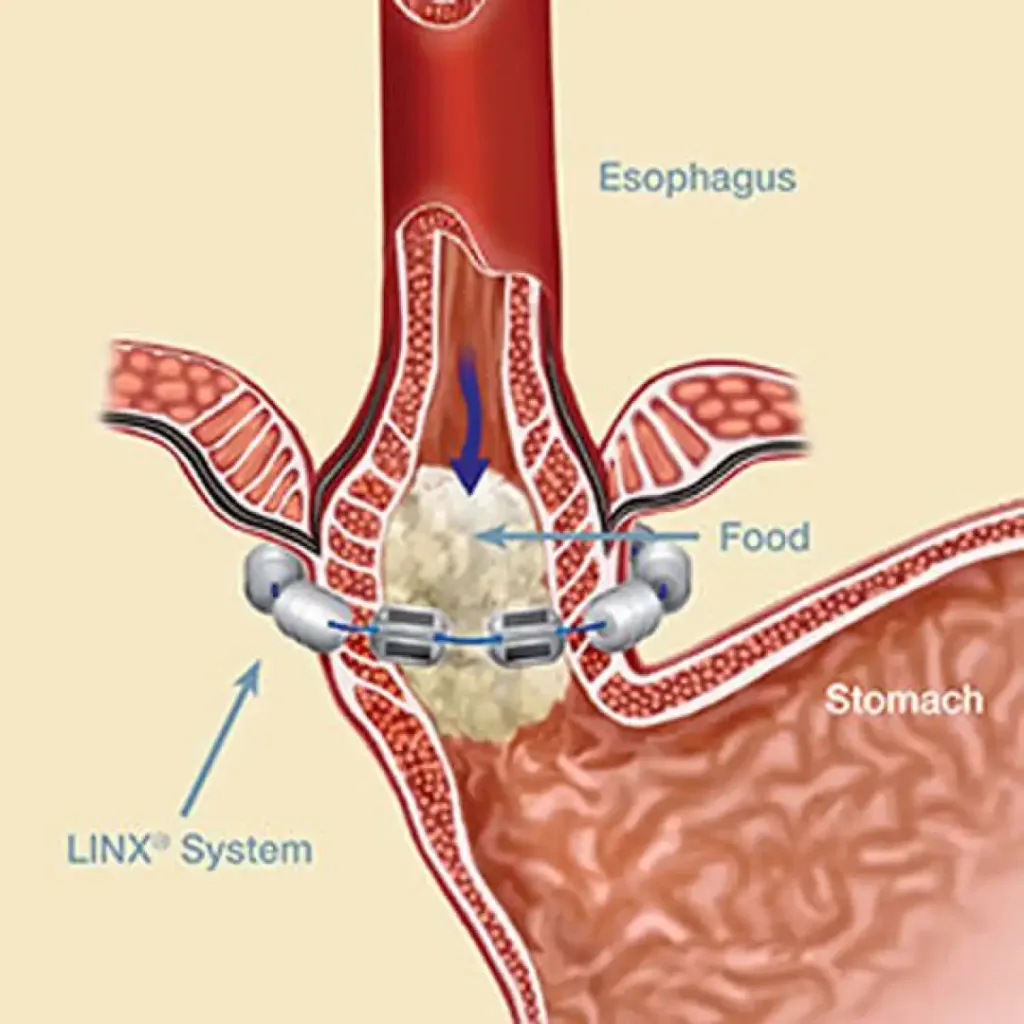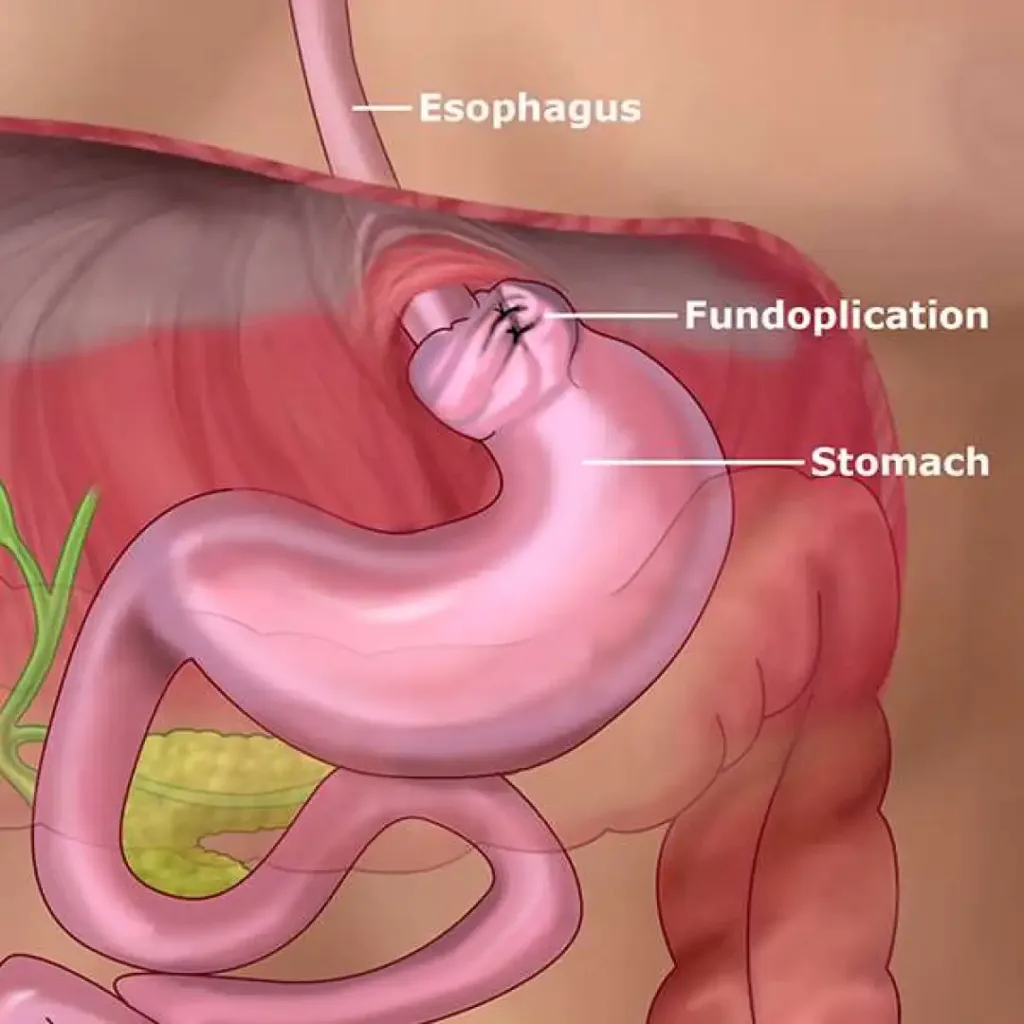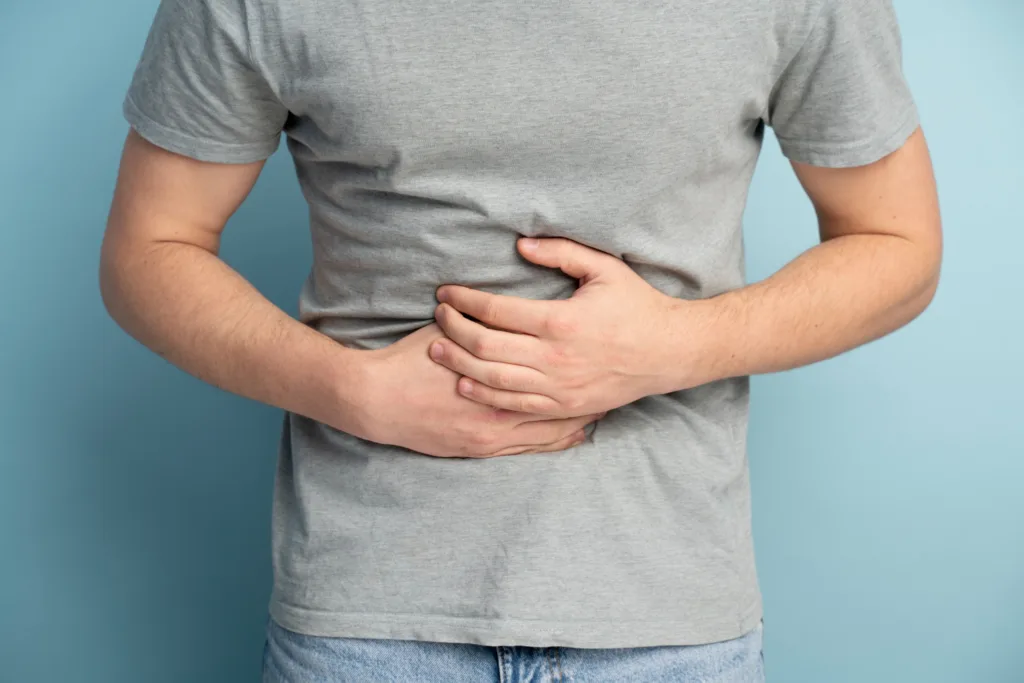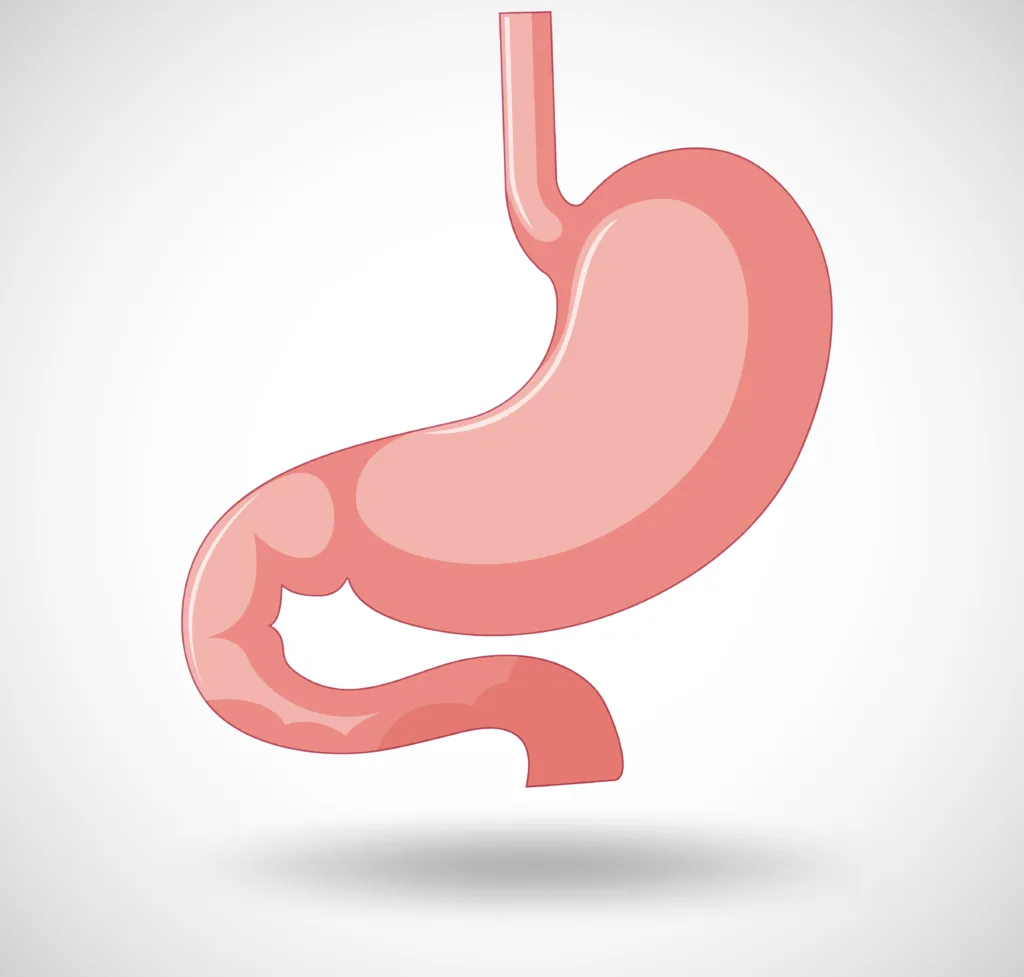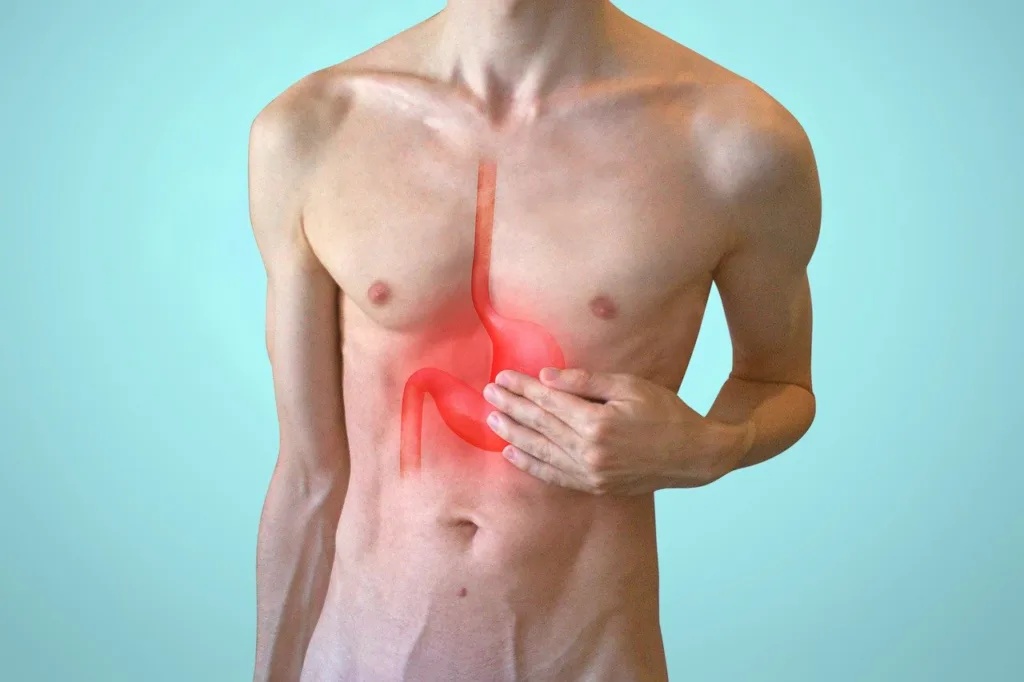What are piles or haemorrhoids?
Conditions
What are piles or haemorrhoids?
Piles or hemorrhoids are swollen veins in the anus and lower rectum that can cause discomfort, pain, and bleeding. They are a common condition and affect millions of people worldwide.
There are two types of hemorrhoids: internal and external. Internal hemorrhoids are located inside the rectum and are usually painless. External hemorrhoids are located under the skin around the anus and can cause itching, pain, and bleeding.
Common causes of hemorrhoids include straining during bowel movements, sitting for long periods of time, constipation, and a low-fiber diet. Pregnancy and obesity can also increase the risk of developing hemorrhoids.
Symptoms of hemorrhoids may include itching or burning in the anal area, pain or discomfort during bowel movements, bright red blood in the stool or on toilet paper, and a lump or swelling near the anus.
Treatment for hemorrhoids often begins with lifestyle modifications, such as increasing fiber and fluid intake, and avoiding straining during bowel movements. Over-the-counter creams and ointments, as well as warm baths, can also help relieve symptoms. In severe cases, surgical procedures, such as hemorrhoidectomy, may be necessary.
If you have symptoms of hemorrhoids, it is important to see a healthcare provider for an accurate diagnosis and proper treatment. Early diagnosis and treatment can help reduce the risk of complications and improve quality of life.
How can you reduce your risks of haemorrhoids?
There are several ways to reduce your risk of developing hemorrhoids:
- Eat a high-fiber diet: Eating a diet that is rich in fiber can help prevent constipation and reduce strain during bowel movements, which are key risk factors for hemorrhoids. Foods high in fiber include whole grains, fruits, vegetables, legumes, and nuts.
- Drink plenty of water: Staying hydrated can help prevent constipation and make stools easier to pass, reducing the risk of developing hemorrhoids. Aim to drink at least 8 glasses of water per day.
- Exercise regularly: Regular physical activity can help improve bowel function and reduce the risk of constipation. Aim for at least 30 minutes of moderate exercise per day.
- Avoid prolonged sitting: Sitting for long periods of time can increase the pressure in the veins in the anus and rectum, leading to the development of hemorrhoids. Try to stand up and move around every 30 minutes if you have a sedentary job.
- Avoid straining during bowel movements: Straining during bowel movements can increase the pressure in the veins in the anus and rectum, leading to the development of hemorrhoids. Try to have regular, soft bowel movements and avoid straining.
- Don’t delay bowel movements: Holding in stool can lead to constipation and increase the risk of developing hemorrhoids. Try to have a bowel movement as soon as you feel the urge.
- Lose weight: Obesity can increase the pressure in the veins in the anus and rectum, leading to the development of hemorrhoids. If you are overweight or obese, losing weight can reduce your risk of developing hemorrhoids.
If you have symptoms of hemorrhoids or are at increased risk, it is important to see a healthcare provider for a proper diagnosis and treatment plan. Early treatment can help reduce the risk of complications and improve quality of life.
How do we treat haemorrhoids?
Treatment for hemorrhoids often begins with lifestyle modifications and over-the-counter remedies. Some common treatments include:
- Increasing fiber and fluid intake: Eating a high-fiber diet and drinking plenty of water can help soften stools and reduce straining during bowel movements, which can help relieve symptoms and promote healing.
- Over-the-counter creams and ointments: Over-the-counter creams and ointments, such as hydrocortisone, can help relieve itching and pain.
- Warm baths: Warm baths, especially Sitz baths, can help soothe the anal area and promote healing.
- Topical treatments: Topical treatments, such as witch hazel, aloe vera, and petroleum jelly, can also help relieve symptoms.
If lifestyle modifications and over-the-counter remedies are not effective, a healthcare provider may prescribe stronger medications or recommend minimally invasive procedures, such as:
- Rubber band ligation: A rubber band is placed around the base of the hemorrhoid to cut off the blood supply, causing the hemorrhoid to shrink.
- Sclerotherapy: A solution is injected into the hemorrhoid to shrink it.
- Infrared coagulation: A device is used to apply heat to the hemorrhoid, causing it to shrink.
- Hemorrhoidectomy: A surgical procedure to remove the hemorrhoid.
The treatment plan will depend on the severity of the hemorrhoids, the individual’s symptoms, and any underlying health conditions. It is important to see a healthcare provider for a proper diagnosis and treatment plan. Early treatment can help reduce the risk of complications and improve quality of life.
Can you reduce your risk of bowel cancer
Yes, there are several lifestyle changes you can make to reduce your risk of developing bowel cancer. Some of these include:
- Eating a healthy diet: A diet that is high in fiber and low in fat and red meat may reduce the risk of developing bowel cancer. Eating plenty of fruits, vegetables, and whole grains may help lower the risk.
- Maintaining a healthy weight: Being overweight or obese is a risk factor for developing bowel cancer. Maintaining a healthy weight through diet and exercise can help reduce the risk.
- Regular physical activity: Regular physical activity has been shown to reduce the risk of developing bowel cancer. Aim for at least 30 minutes of moderate-intensity physical activity, such as brisk walking, every day.
- Avoiding tobacco and excessive alcohol: Smoking and excessive alcohol consumption are both risk factors for developing bowel cancer. Quitting smoking and limiting alcohol intake can help reduce the risk.
- Getting regular screening: Regular screening can help detect bowel cancer in its early stages, when it is most treatable. The recommended age to start screening depends on various factors, including family history, but typically starts at age 50 or earlier if there is a personal or family history of bowel cancer.
It is important to remember that these changes can also benefit overall health and well-being, so even if they do not prevent bowel cancer, they can have many other positive health effects.
What is Haemorrhoidal banding?
Haemorrhoidal banding is a procedure used to treat symptomatic hemorrhoids. It is a minimally invasive procedure that is performed in a doctor’s office or outpatient setting.
During the procedure, a small rubber band is placed around the base of the hemorrhoid, which cuts off the blood supply to the tissue. The hemorrhoid will then shrink and eventually fall off. This procedure is typically performed under local anesthesia.
Haemorrhoidal banding is considered a safe and effective treatment for symptomatic hemorrhoids, with a low risk of complications. The procedure is typically well tolerated and patients can return to their normal activities soon after the procedure.
It is important to discuss all treatment options with a healthcare provider to determine the best option for each individual patient.
Schedule an appointment
What are piles or haemorrhoids? Read More »





